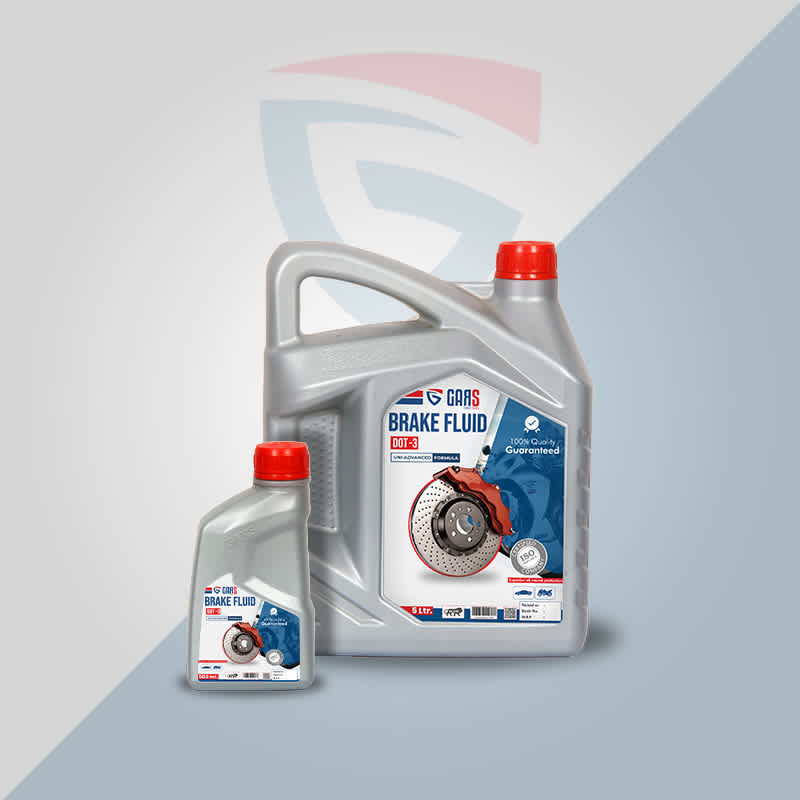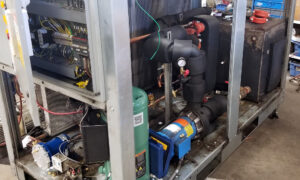Brake Oil: Everything You Need to Know for Optimal Vehicle Performance
Maintaining your vehicle’s brake system is non-negotiable for safety, and one of the most crucial components is brake oil, also known as brake fluid. Without it, your brakes won’t function properly, putting you and others at serious risk. In this comprehensive guide, we explore brake oil types, functions, maintenance tips, and how to choose the right brake fluid for your vehicle.
What is Brake Oil and Why is It Important?
Brake oil is a hydraulic fluid used in the brake and clutch systems of vehicles. It is responsible for transferring the force from the brake pedal to the brake pads, enabling your car to stop when needed. Without high-quality brake fluid, the braking system can become inefficient or even fail.
Key Functions of Brake Oil:
-
Transfers pressure from your foot on the brake pedal to the brake rotors
-
Lubricates moving parts within the brake system
-
Protects against corrosion
-
Maintains temperature stability under high heat conditions
-
Provides consistent braking performance
Different Types of Brake Oil and Their Properties
Choosing the right type of brake fluid is vital. Brake fluids are generally classified into DOT ratings, which stand for Department of Transportation. Here’s a breakdown:
DOT 3 Brake Fluid
-
Base: Glycol ether
-
Boiling Point: Around 205°C (dry), 140°C (wet)
-
Compatibility: Widely used in older vehicles
-
Best for: Light-duty driving
DOT 4 Brake Fluid
-
Base: Glycol ether with borate esters
-
Boiling Point: Around 230°C (dry), 155°C (wet)
-
Compatibility: Modern cars with ABS and high-performance needs
-
Best for: Passenger vehicles, motorcycles, and light commercial use
DOT 5 Brake Fluid
-
Base: Silicone-based
-
Boiling Point: Around 260°C (dry), 180°C (wet)
-
Non-hygroscopic: Does not absorb water
-
Not compatible with ABS systems
-
Best for: Classic cars and military vehicles
DOT 5.1 Brake Fluid
-
Base: Glycol-based (not silicone)
-
Boiling Point: Similar to DOT 5
-
Compatible with: DOT 3 and DOT 4 systems
-
Best for: High-performance cars, racing vehicles, and motorcycles
How to Choose the Right Brake Oil for Your Vehicle
Selecting the appropriate brake oil depends on your vehicle type, braking system, and driving conditions.
Steps to Choose the Right Brake Fluid:
-
Consult the owner’s manual – It specifies the required DOT rating.
-
Consider driving conditions – High temperatures, hilly terrains, and racing require high-boiling-point brake fluids.
-
Never mix incompatible types – For example, never mix DOT 5 with DOT 3 or DOT 4, as they have different chemical bases.
Brake Oil Maintenance: How Often Should You Change It?
Brake fluid degrades over time, mainly due to moisture absorption. This leads to reduced boiling points, making the brakes spongy or less effective.
Recommended Change Intervals:
-
DOT 3: Every 1–2 years
-
DOT 4 and DOT 5.1: Every 2 years
-
DOT 5: Every 3–5 years (if not contaminated)
Regular maintenance helps preserve braking performance and prevent corrosion in the braking system components.
Signs Your Brake Oil Needs Replacement
Keeping an eye on your brake oil condition can prevent costly repairs and unsafe driving conditions.
Warning Signs Include:
-
Spongy or soft brake pedal
-
Increased stopping distance
-
Brake warning light on the dashboard
-
Discoloration of brake fluid (should be clear or light yellow)
-
Unusual noises when braking
If any of these occur, have your vehicle inspected and the brake fluid replaced immediately.
How to Check and Top Up Brake Oil
Monitoring brake fluid is a basic maintenance task that every vehicle owner can perform.
Steps to Check Brake Fluid:
-
Locate the brake fluid reservoir – Usually found near the back of the engine bay.
-
Check the fluid level – It should be between the “MIN” and “MAX” lines.
-
Inspect the color – Fresh brake fluid is usually clear or pale yellow.
-
Top up if low – Use the correct DOT-rated fluid. Avoid overfilling.
Important: Always use a clean container and avoid contamination. Brake fluid can damage paint, so handle it with care.
Consequences of Using the Wrong Brake Fluid
Using incorrect or expired brake oil can cause significant safety hazards and costly damage to your vehicle.
Possible Consequences:
-
Brake failure due to fluid boiling or moisture
-
Seal damage leading to leaks in the brake system
-
Corrosion of brake components
-
Reduced stopping power and increased risk of accidents
Always double-check the fluid type before topping up or replacing your brake oil. Car coolant oil plays a crucial role in maintaining your engine’s temperature and preventing overheating.
Top Recommended Brake Fluids in the Market
When shopping for high-quality brake fluids, here are some top-rated products known for performance and reliability:
1. Bosch ESI6 Brake Fluid
-
Compatible with DOT 3, DOT 4, and DOT 5.1
-
High boiling point
-
Long service life
2. Castrol React Performance DOT 4
-
Suitable for ABS and ESP systems
-
Low viscosity, excellent cold performance
3. Motul RBF 600 Factory Line DOT 4
-
Designed for racing
-
Exceptional thermal resistance and stability
4. Prestone DOT 3 Brake Fluid
-
Budget-friendly
-
Widely available
-
Reliable for daily driving
Environmental and Safety Tips for Brake Oil Handling
Brake oil is toxic and highly flammable, so it must be handled and disposed of properly.
Tips for Safe Handling:
-
Wear gloves and eye protection
-
Store in sealed containers away from heat and sunlight
-
Never pour brake fluid down the drain
-
Dispose at a certified recycling center
Improper disposal can harm the environment and violate local regulations.
Conclusion: Ensure Safety with Proper Brake Oil Usage
Proper brake oil selection and timely maintenance are vital for safe, responsive, and long-lasting braking systems. Whether you’re driving a commuter vehicle or a high-performance machine, investing in the right brake fluid can make a significant difference.
Stay vigilant, check your brake fluid regularly, and always use a product that matches your vehicle’s specifications. It’s a small step that delivers big safety benefits.














Post Comment